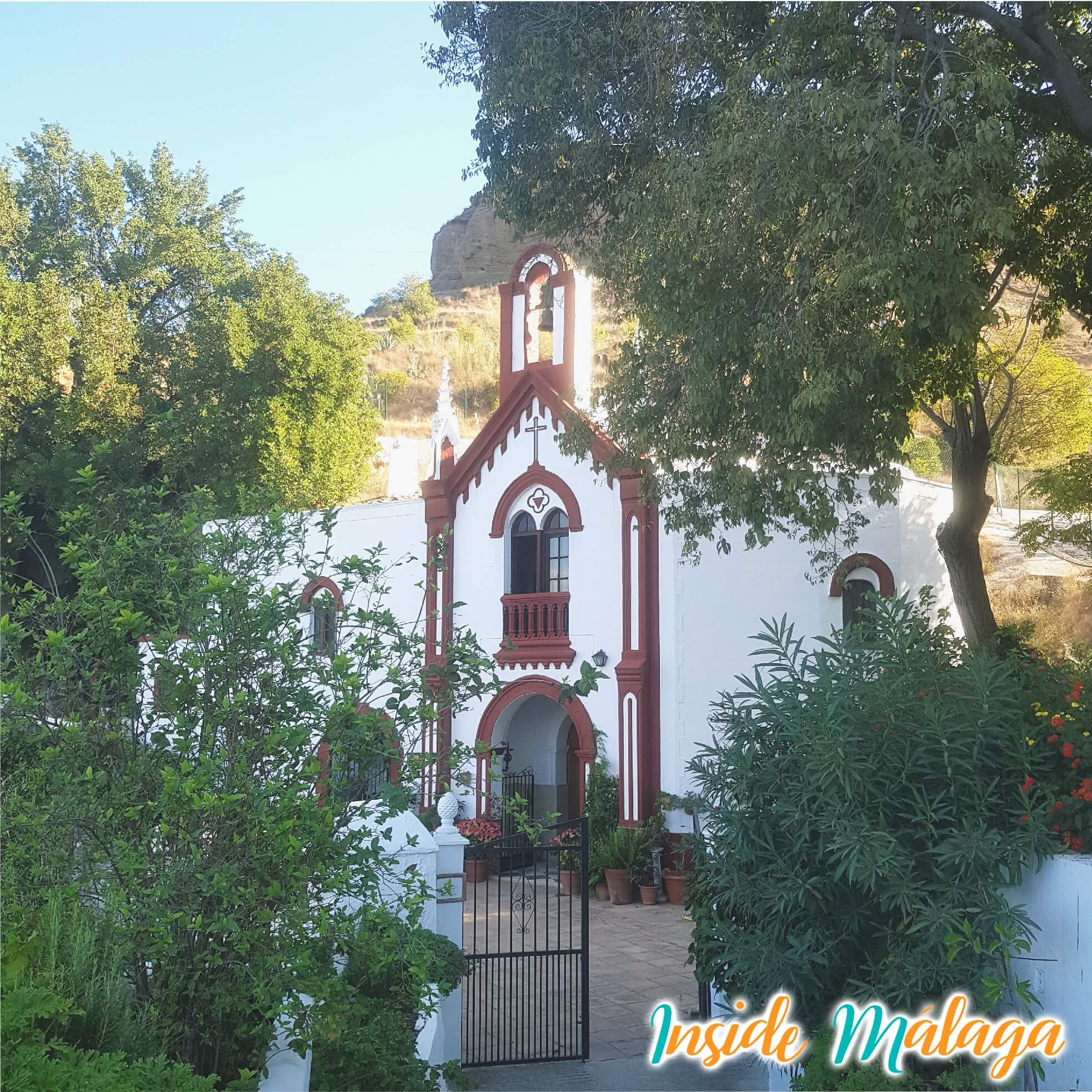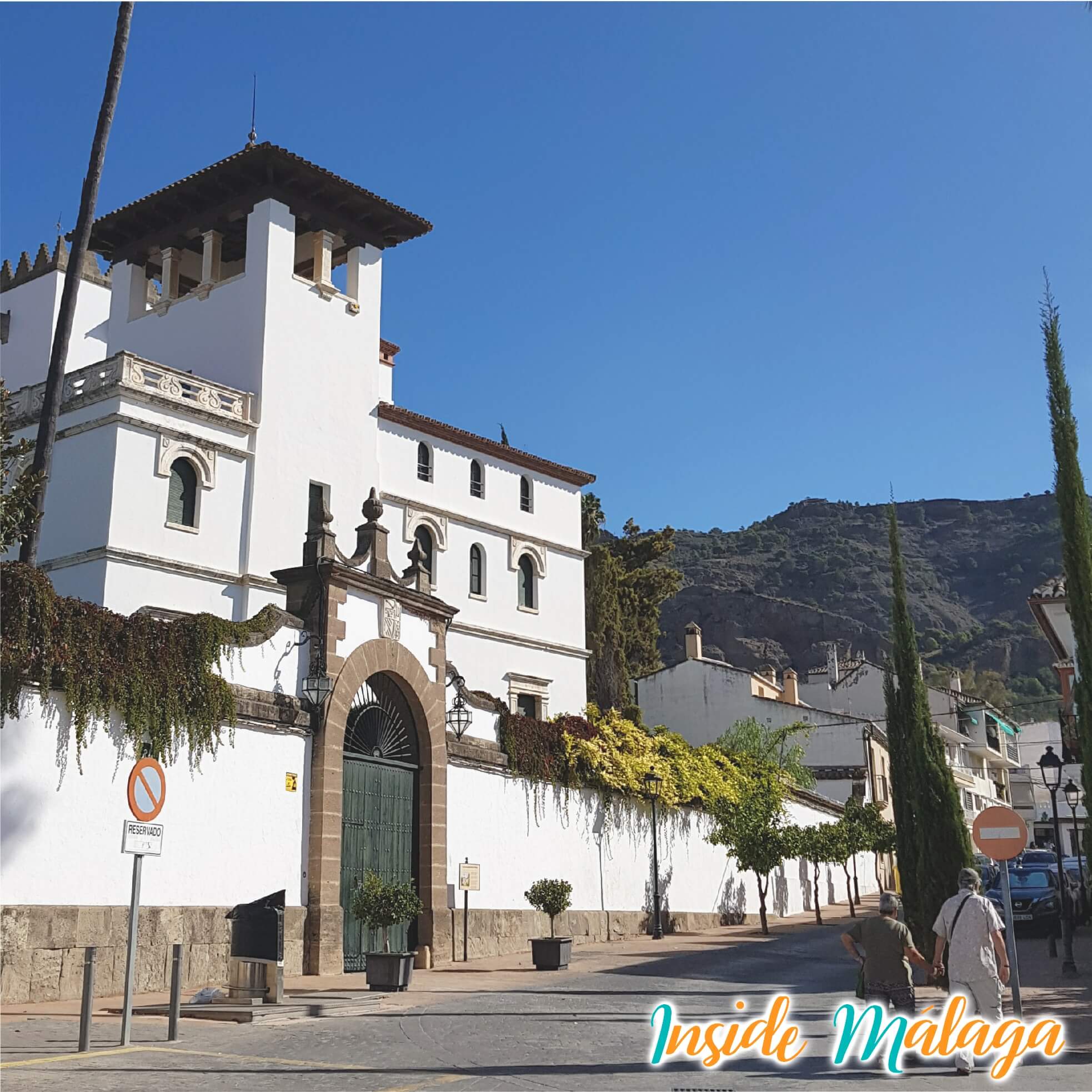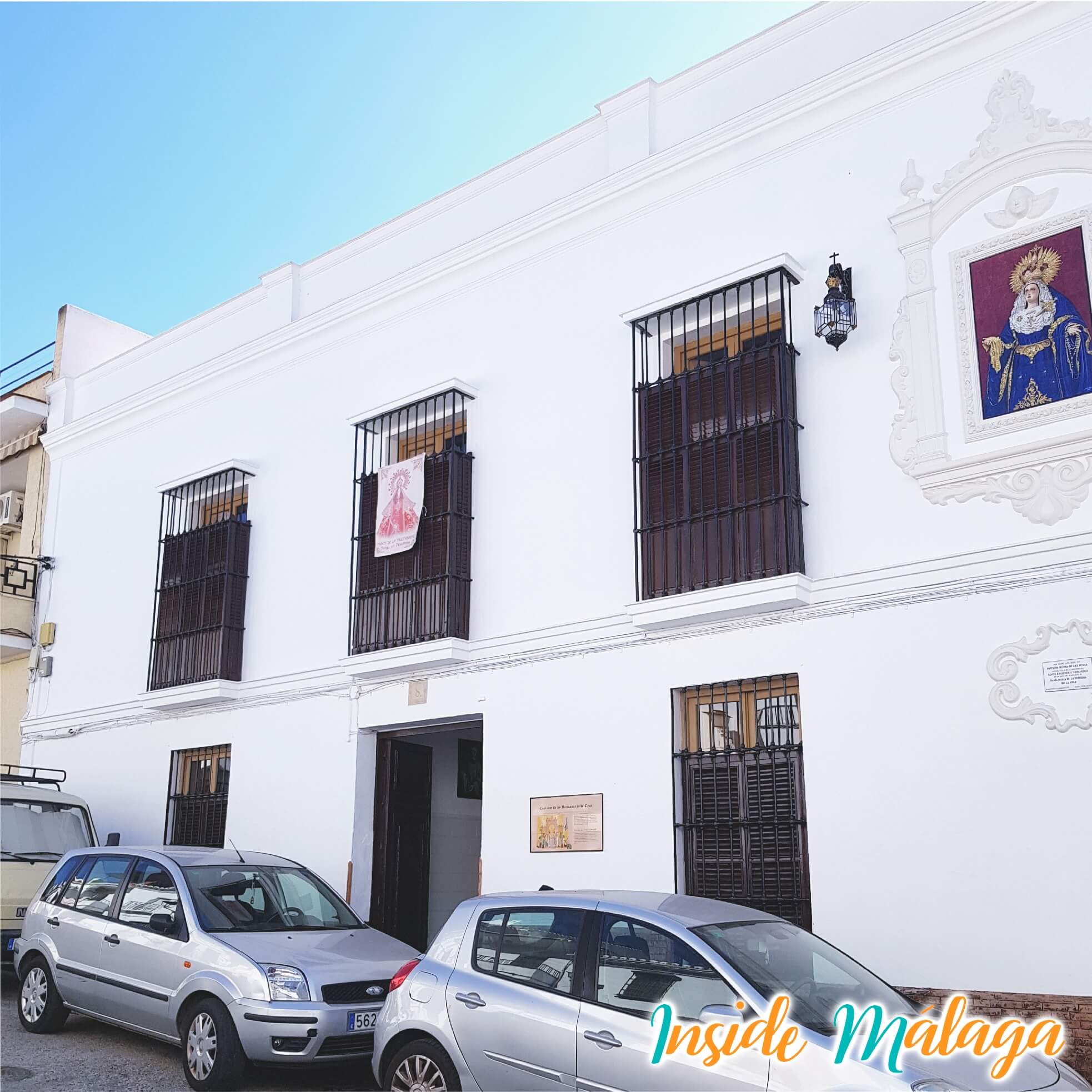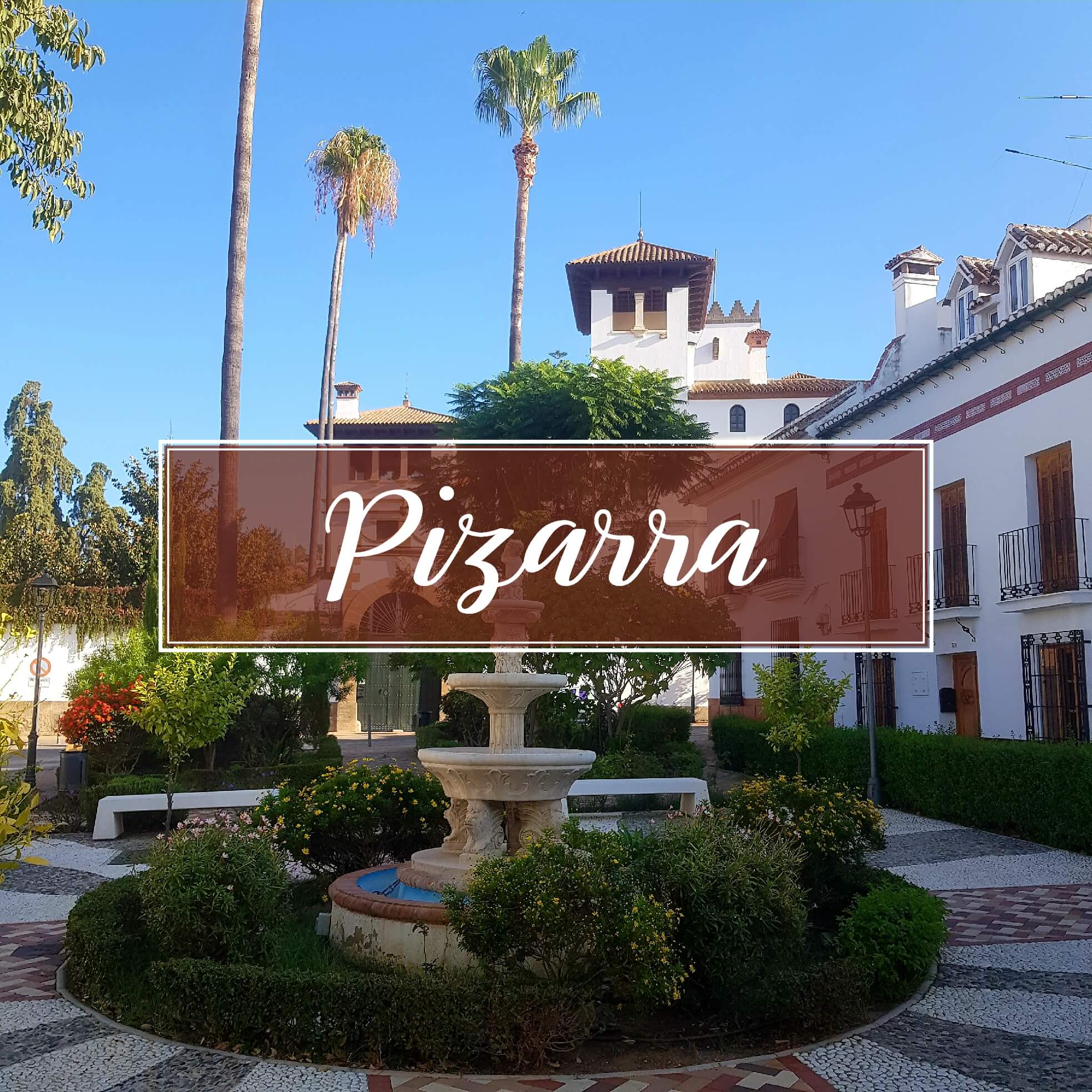Pizarra, in the heart of the Guadalhorce Valley, a modern town with charms of the past surrounded by its mountains guarded by its Christ.
Where is Pìzarra Located
Pìzarra is located 34km from Malaga capital with a population of 9.226 inhabitants. The municipal term has a dimension of almost 63,61km square.
The origin of the name Pizarra
In 1484 at the time of the reconquest of Álora there is no mention of the village. After the taking of Álora during the reconquest in 1486, the provisional distribution of the lands in “la Piçarra” took place. In 1493 the lands were finally divided between two residents of Álora, 36 bushels (old spanish measure) were distributed to each one. It is in 1494 when the knight Diego Romero, alderman of the city of Malaga, appears. Diego Romero buys both caballerias that added 72 bushels to which he adds 20 more units. Therefore in the XV century the 92 bushels constitute “the alcarria de la Piçarra“.
Denonym of the people of Pizarra
The inhabitants are called “pizarreño or pizarreña“.
Monuments and places of interest in Pizarra
- Mozarabic hermitage of Nuestra Señora de la Fuensanta: Located on the outskirts of the village. Its construction dates from the 16th century on a semi-rupestrian Mozarabic church excavated in the rock. Several subsequent modifications were made. In the 18th century the single nave was renovated and in the 20th century the façade was renovated in a neo-Gothic style. Inside, we highlight the width of the temple and the white marble altarpiece with a niche that houses the patron saint of the town: La Virgen de la Fuensanta.

- The Parish Church of San Pedro Apóstol: The temple with a single nave was built in the Mudejar style in the 17th century on the site where the founder of Pizarra built the first church in the village. In the 19th century, more reforms were carried out creating a new main entrance and installing new windows and rose windows from Zaragoza that are still preserved.
- The Sacred Heart of Jesus: Located at the top of the Gibralmora mountain range. The original image was inaugurated on January 12, 1921, at the request of Blessed Father Arnáiz with the intervention of the Count of Puerto Hermoso Fernando Soto Aguilar, who had his second home in Pizarra and was very devoted to Christ. In 1936, before the start of the Civil War, some young people from the local communist party threw the image down the mountainside, breaking into pieces. In the 1940s after the Civil War a wooden cross was installed, which later had to be replaced in the 1960s as lightning destroyed the cross during a storm. The current image was inaugurated in 1995 at the request of the residents of the town, it was paid for a third by the city council, devotees, neighbors and associations of the region. The work was made by Miguel Fuentes del Olmo, professor of Fine Arts at the University of Seville. A curiosity is that in 1926 the count’s wife had an identical copy of the original image built in Jerez de la Frontera.
- The Palace of the Count of Puerto Hermoso: Neo-Mudejar style palace built in the 20th century on the site of the old manor house of Diego Romero, founder of the town of Pizarra at the end of the 15th century. King Alfonso XIII spent the night in this palace on May 2, 1921 and it was the headquarters in 1922 for the “Pizarra Conference” or “Morocco Conference.” During the Civil War the building suffered a fire that was restored. It houses a series of Flemish tapestries and dozens of paintings by famous painters, including Madrazo, Goya and Coello, highlighting the painting of Carlos III the Hunter. The palace can not be visited.

- Convent of the Sisters of the Cross: The house of the company of the Sisters of the Cross, which come from the old convent of the Dominican Mothers, was founded by the Count of Puerto Hermoso Don Pedro Soto Domecq. This convent was inaugurated in 1955. Inside we can highlight the fabulous Plateresque altarpiece in its chapel.

- Prehistoric Tombs of Castillejos de Luna: A necropolis that surely dates from the Bronze Age, there are a dozen burials in cist, that is, in the shape of a basket. The tombs have already suffered some deterioration due to work carried out in the area, to protect the area The Junta de Andalucía has declared it as a Site of Cultural Interest.
- Cascarero: During your visit in the Guadalhorce Valley, you will observe fixed constructions of several floors called cascareros in the landscape. They were traditionally used to dry fruits and their citrus peels. Over time this tradition may be lost as it is used less and less and some old cascareros have been converted into houses or dwellings.
- Councin House: Located on Plaza El Ayuntamiento (town hall square). The more than 300-year-old house is the old town hall, for this reason the square bears this name. The building stands out for its clock surrounded by typical Malaga blue tiles. Currently the facilities are used as a court of peace, to resolve minor matters between neighbors.
Where to eat in Pizarra
El bodegón de Rafi: Located on Calle Dámaso Alonso. Wide variety of mixed dishes, sandwiches, breakfasts and tapas. They offer a daily menu for 10 euros consisting of olives, a first and second course accompanied by their garnish and potatoes. The dishes on the menu are typical homemade dishes.
For more information about Pizarra Village: visit the City Council page
